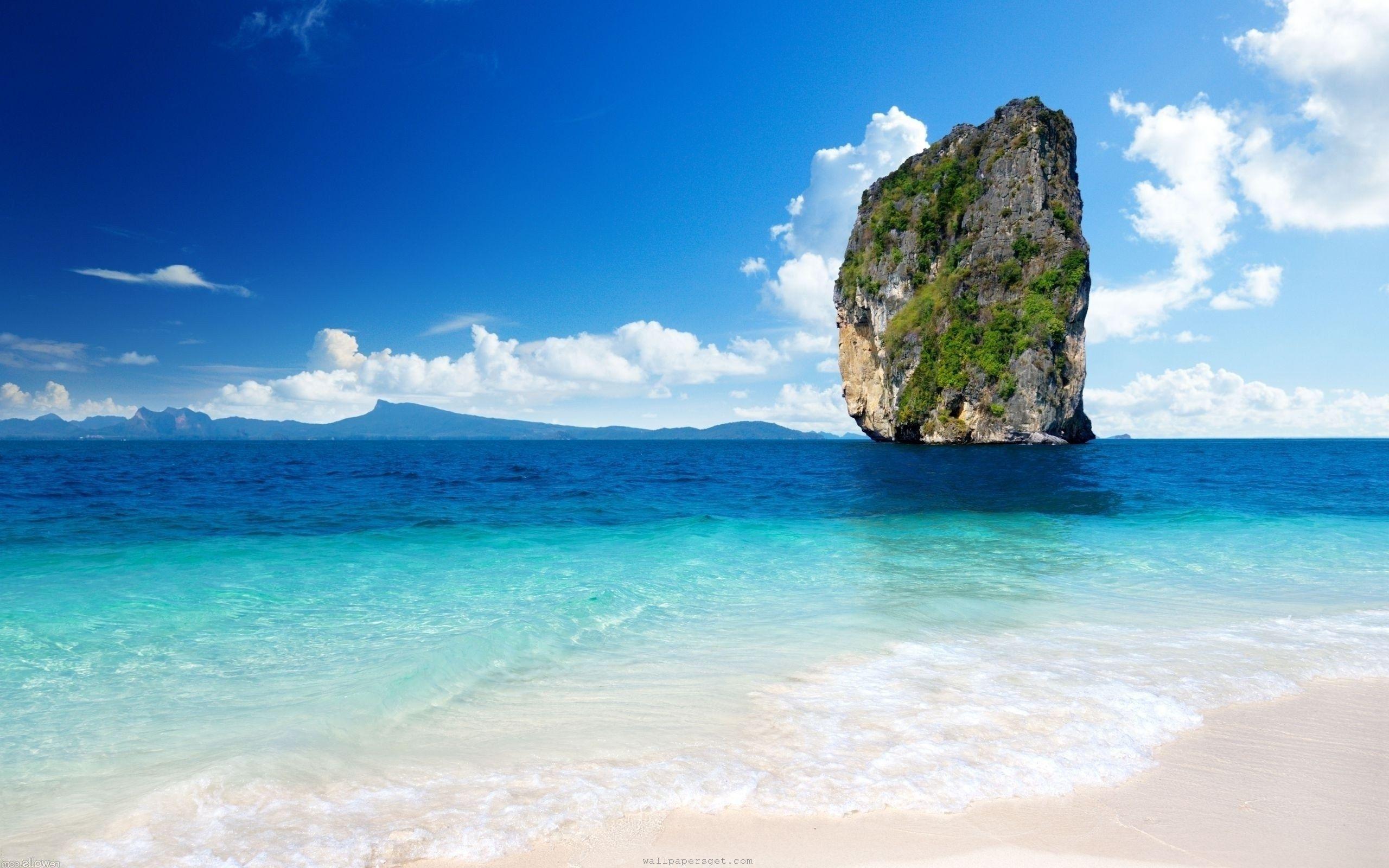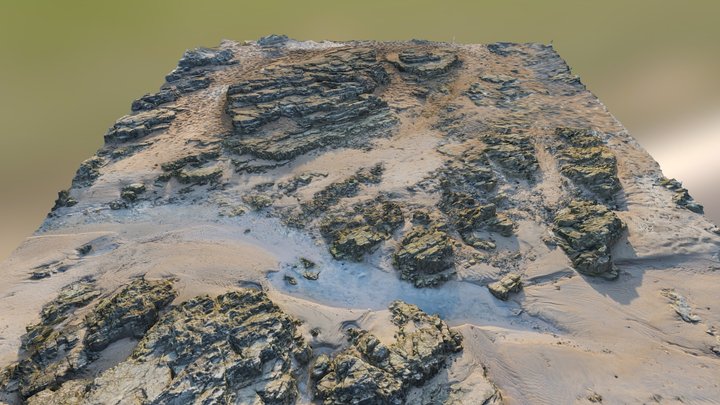


To do this, we have to get into the water, making observations in the middle of the breaking surf. Given weather conditions (winds, offshore waves), a map (islands, canyons, shoals, sandbars, the slope of the beach face), and sediment characteristics, we want to be able to model and predict how waves might change, and how those changes might affect currents and the erosion or accretion of sand on the beaches. Our goal is to understand and model waves, currents, and sand movement in the nearshore. Most of our work takes place in the breaking waves of the surf and swash zones: the region that begins where waves crest and ends where the foamy white water barely covers our feet.

Shoreline recreation is also a significant part of the economy of many states.įor more than a decade, I have been working with WHOI Senior Scientist Steve Elgar and colleagues across the country to decipher patterns and processes in this environment. population lives within a day’s drive of a coast. Understanding beaches and the adjacent nearshore ocean is critical because nearly half of the U.S. understand when conditions are right for a beach to erode or build up.



 0 kommentar(er)
0 kommentar(er)
